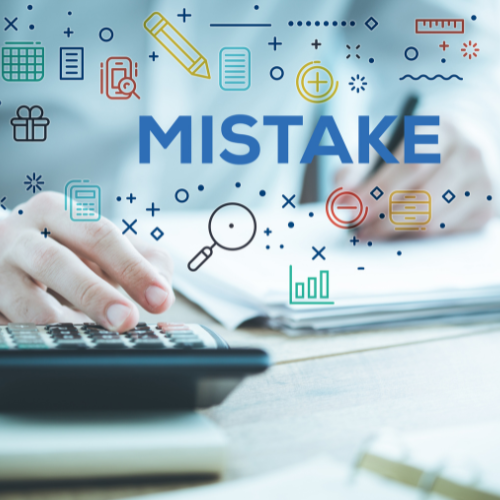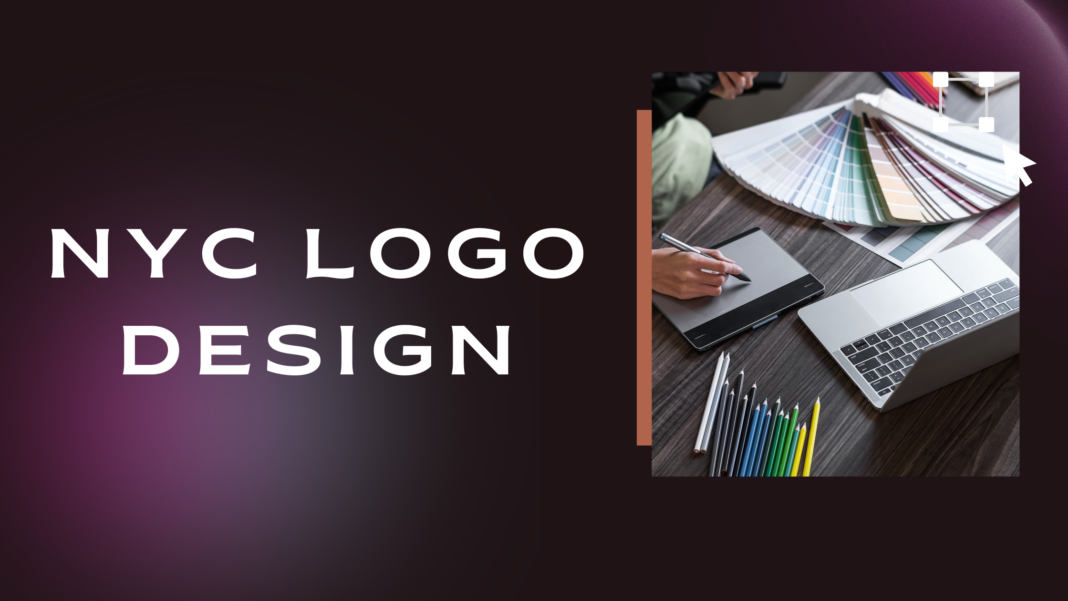The creation of a logo is the initial stage of a brand. Without any precise instructions on how to use the logo to preserve professionalism and consistency, this falls short. Understanding logo usage is essential to a brand’s image, whether a company is seeking to strengthen its visual identity or a designer is seeking to clarify matters for a customer.
What Are the Guidelines for Logo Usage?
A set of guidelines designed to control the application of a NYC logo design to maintain consistent and polished branding could be called logo usage guidelines. These rules will address the logo’s dimensions, white space, color variations, typeface requirements, and the best placement of the logo on the many platforms that are currently in use. Additionally, it will record incorrect uses, such as elongating or distorting the logo. When a brand adheres to these guidelines, its logo remains memorable no matter where it appears or is used in promotional materials.
Why Are Logo Usage Guidelines Needed?
Brand consistency is the foundation of success. Your logo’s impact may be lessened if it appears in retail, social media, and marketing materials. In a market as competitive as New York City, where identification and exposure are crucial, having the assistance of a seasoned logo design agency in NYC becomes imperative for brands. You may therefore be sure that your logo will always be used correctly, preserving and enhancing your brand.
What Constitutes a Logo Usage Guidelines Essential Component?
A logo is the first step in the making of a brand. This comes short without some clear guidelines about using the logo, to maintain consistency and professionalism. Be it a brand trying to cement its visual identity or a designer wanting to clear things out for a client, knowing logo usage is the key to a brand’s image.
What are Logo Usage Guidelines?
Directions for using logos may be described as a collection of instructions created to direct the use of a logo to preserve constant and professional branding. These guidelines are going to cover the size of the logo, clear space, color versions, font specifications, and how to place the logo properly across the available different platforms. It will also document wrong applications, for example, stretching or torturing the logo. Following these standards keeps a brand’s logo memorable wherever it’s shown or utilized in marketing materials.
Why Do You Need Logo Design NYC Usage Guidelines?
Successful brands are built on consistency. When your logo appears across marketing materials, social media, and retail, its effect might be weakened. For brands operating in a place as competitive as New York City, where visibility and identity play a big role, it becomes an absolute mandate to have the contribution of a professional logo design firm in New York. Thus, you can be confident that your logo will always be utilized appropriately, protecting and growing your brand.
What are the Essential Components of Logo Usage Guidelines?

You should detail the logo usage guidelines very specifically. Below are some key elements to include in your guidelines to ensure that your logo maintains its integrity, no matter where or how it’s used:
1. Clear Space and Size Specifications
Your logo should always be surrounded by a certain amount of clear space to ensure its visibility and legibility. This space protects the logo from becoming cluttered by other design elements or text. This is also to outline minimum size requirements, ensuring the logo does not become distorted or unreadable at certain sizes.
2. Approved Colors
Every logo should have specific colors that represent the brand. For this reason, make sure your brand guidelines give the exact color codes, which include RGB, CMYK, and hex for use online and for printing purposes. When working with a logo designer NYC, ensure they provide all the necessary color variations for different platforms. Some companies also do the same for black-and-white or grayscale versions of the logo to be used in specific applications.
3. Font Specifications
Typography forms the core of your logo and brand identity. Be sure to list all the fonts that your logo comprises, along with any second fonts that can support it. This includes typefaces that should complement your logo yet remain within the same style of typeface used in your other branding and promotional materials.
4. Use of Different Backgrounds:
Your logo is going to be seen in various applications web, packaging, social media images, and so forth. Your manual should detail the application on light and dark backgrounds. It may even require that the logo exist in two versions one for a dark background and one for a light background.
5. Incorrect Logo Usage:
Equally important to specifying how to use a logo is outlining how not to use it. This might include things like color alterations, scaling disproportionately, stretching or distorting the logo, proportion changes, and applying drop shadow effects. All of these have the potential to make your logo look unrecognizable or amateurish and can be very harmful to your brand image. Engaging with a logo design professional ensures you have all those details in place, giving you the master document for use by anybody with your logo.
Read About: Difference Between a Logotype, Logomark, and Logo
How important is proper logo placement?
Proper logo placement can dramatically change the perception of your brand. There are some general guidelines for proper placement to keep it as professional and clear as possible:
- Key Locations: Some of the key places to put your logo include websites, business cards, promotional items, and marketing materials.
- Digital Marketing: Ensure your logo is well placed on top of your website, also in an email signature at the bottom.
- Second-Use: Determine when it’s best for the use of the logo to be as a watermark or a subtle placement—maybe on the back of a brochure or in the corner of an ad. It should not get in the way of the message but enhance it. You protect its effectiveness, and you keep your brand recognizable from the first time your audience sees it to the 100th time.
Common logo design mistakes to avoid

Designing a logo takes good intentions, but misuse of that logo happens anyway. Here are a few common issues that brands encounter and how to avoid them:
1. Logo with Low Resolution
A quick way of making a brand look unprofessional is to use a logo in low resolution. Make sure it always has high resolution, especially for printed materials like posters and business cards.
2. Inconsistent Usage Across Platforms
Logos can easily start looking inconsistent across platforms social media, websites, and print materials and confuse your audience. Ensuring brand recognition is key for audience engagement. Stick to your guidelines and ensure that anyone using your logo follows them too.
3. Overcomplicating the Logo
Your logo should be simple and clear. Overloading with everything can make it look confusing or make it hard to recognize. In doubt, keep it minimal. A logo designer in New York can guide you around these pitfalls and provide insight on best practices for logo use.
Best Practices for Maintaining Logo Integrity
Adhering to best practices for logo usage will help you prevent common mistakes and uphold a consistent brand image. Here are a few key tips:
- Keep it simple: Your logo must be easily recognized. This way, it’ll be memorable and versatile.
- Stick to guidelines: Ensure you apply the set logo application rules and regulations so that consistency in the brand’s identity can be assured.
- Consult Professionals: Consult a professional designer whenever you need to make changes or revisions to your logo. They can offer plenty of ideas on how to ensure the quality and creativity of your brand’s visual identity.
- Train Your Team: All employees who might use your logo need to be aware of the guidelines—your internal teams as well as outside providers like printers and website developers.
Conclusion
More than just a design, your logo is the face of your brand. With solid, documented guidelines for usage, your logo is gonna live and breathe with a consistent professional identity anywhere and everywhere it appears. Working with Branding New York City, a logo agency in NYC, can ensure that you protect your brand’s visual integrity and make it stronger on every channel.







